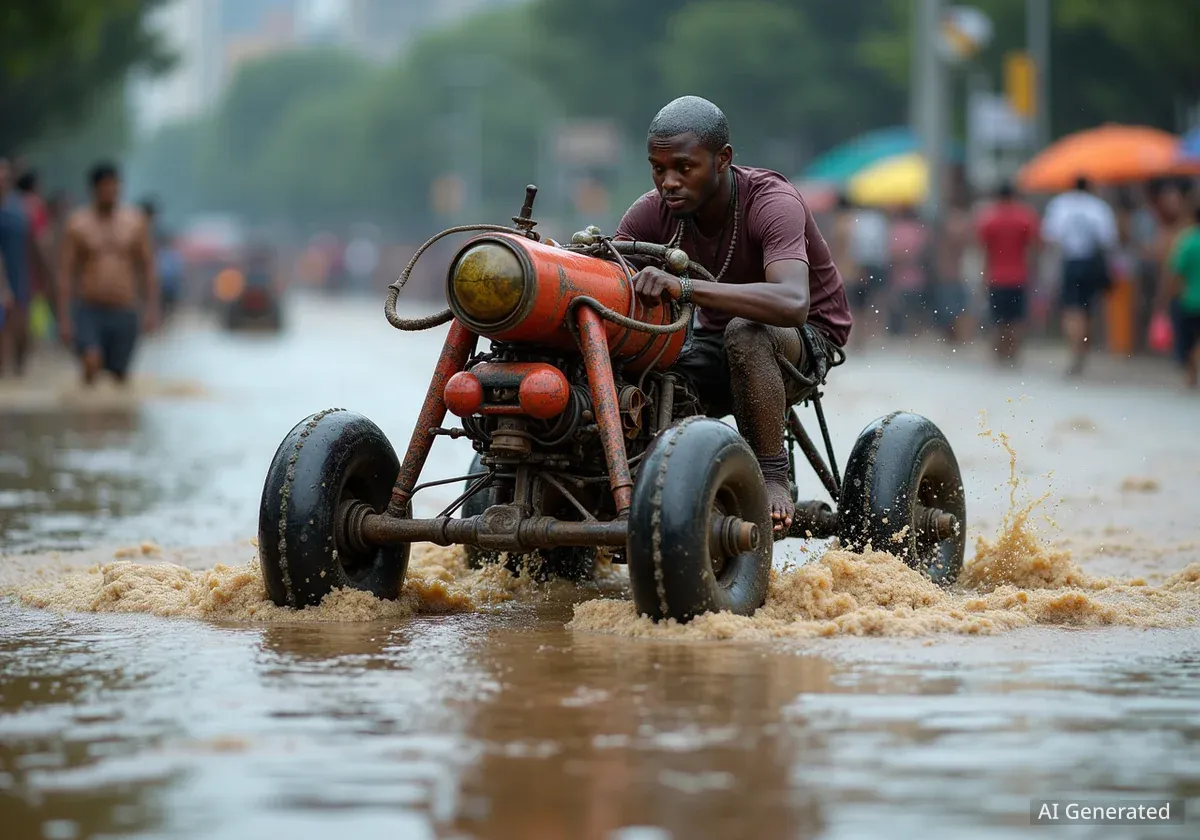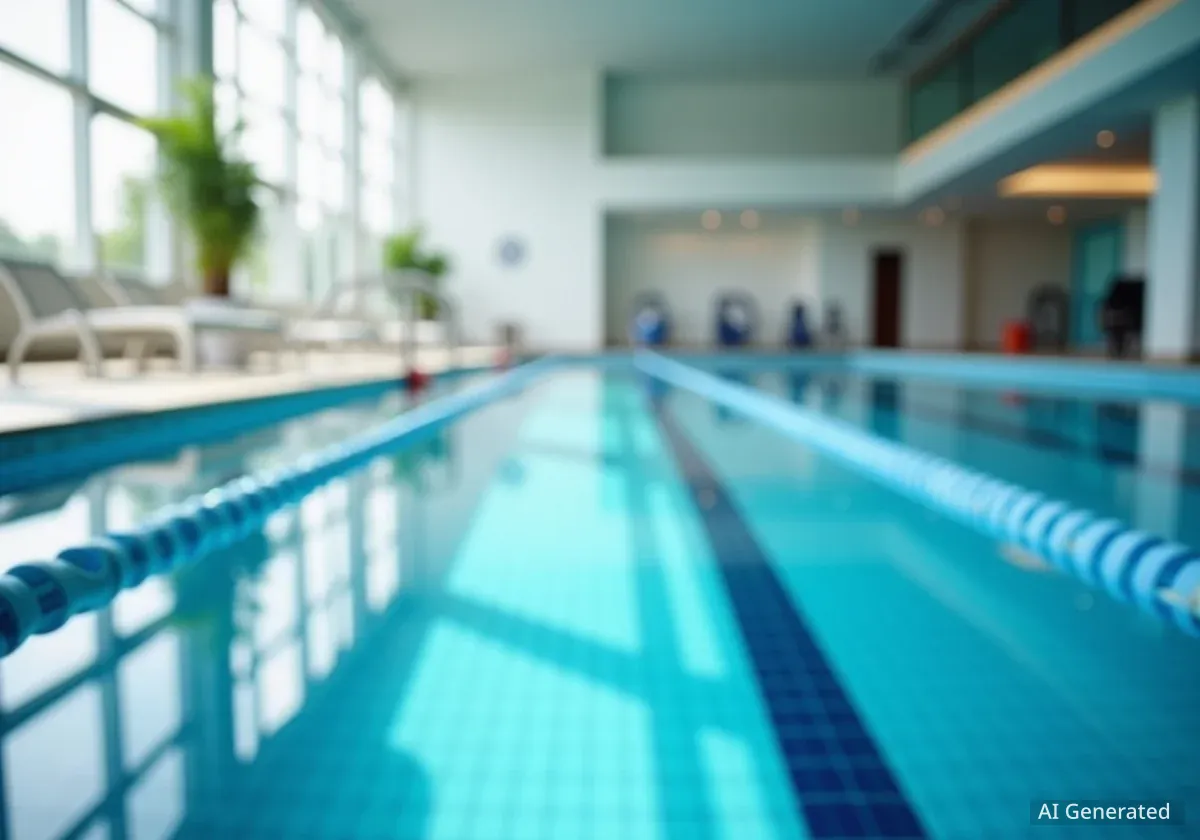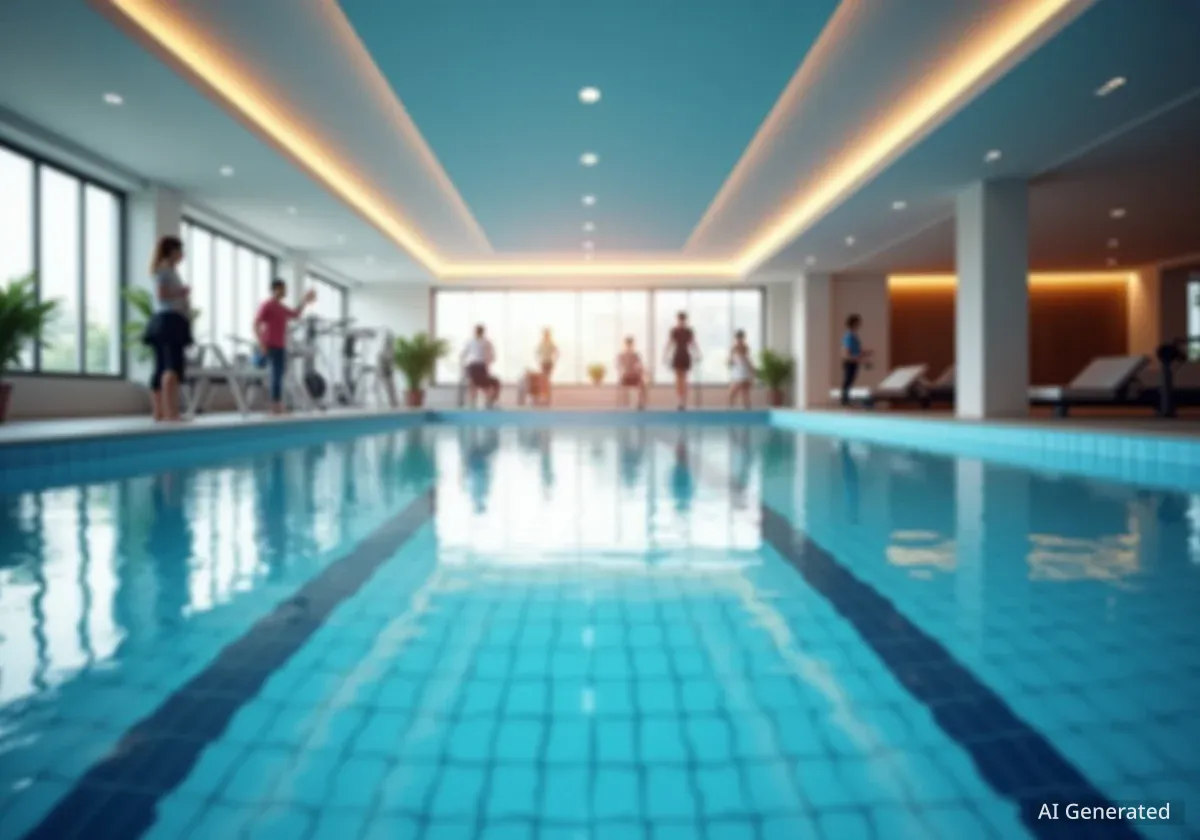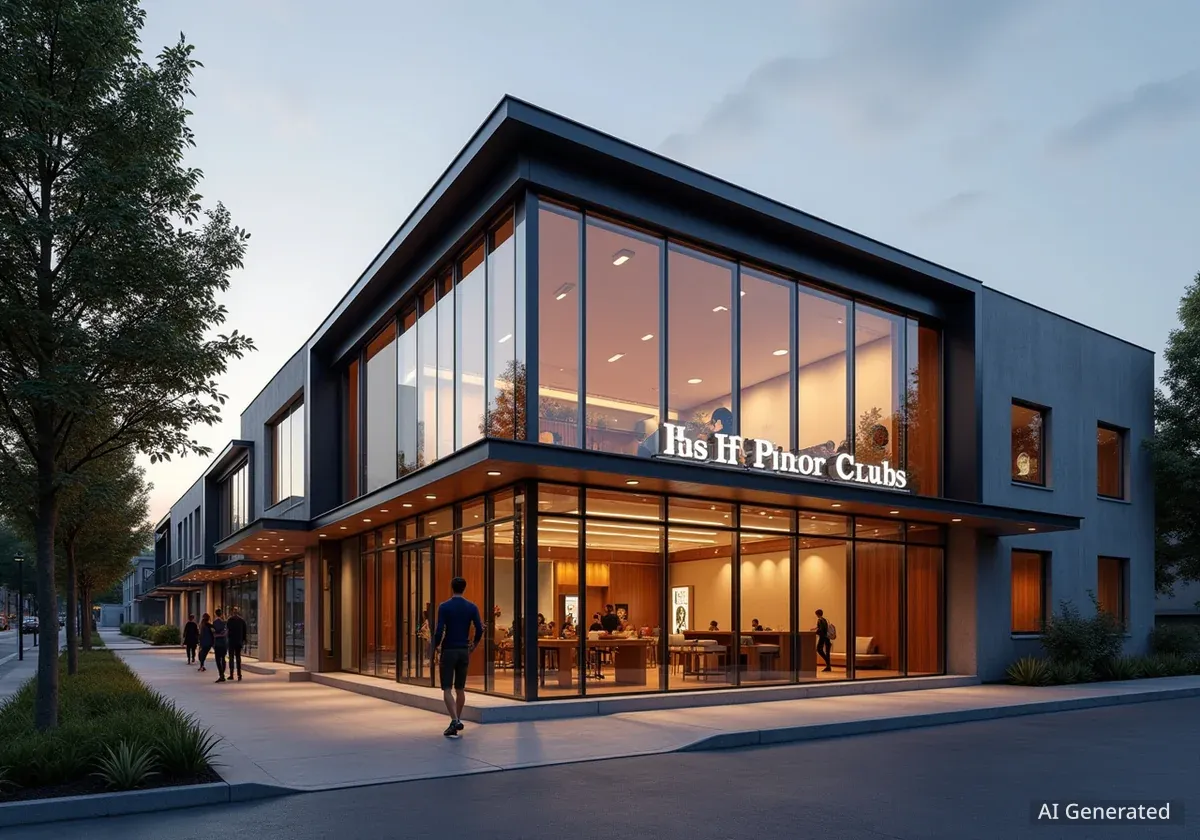The 8th Annual Lowell Kinetic Sculpture Race concluded on September 20, 2025, showcasing 15 teams and their unique human-powered machines. Participants navigated a challenging course through downtown Lowell, which included city streets, a notorious mud pit, and a segment of the Merrimack River. The event celebrates creativity, engineering, and physical endurance as teams pilot their artistic, self-propelled sculptures.
Key Takeaways
- Fifteen teams competed in the 8th Annual Lowell Kinetic Sculpture Race.
- Sculptures were entirely human-powered and featured diverse artistic themes.
- The course included downtown streets, the 'Maddening Mud Pit', and the Merrimack River.
- Challenges led to mechanical failures and required participants to adapt.
- The event drew spectators and highlighted community involvement and ingenuity.
Creative Engineering on Display
Each team designed and built a moving sculpture. These machines relied solely on mechanical engineering and the physical strength of their pilots and crew. Every sculpture also featured a distinct theme, blending art with practical design. Spectators gathered on Market Street at the start of the race to view the entries up close and speak with the creators.
One notable participant was Mark Goldwater, the solo pilot of 'Three Corgis of the Apocalypse'. His four-wheeled sculpture included flotation devices and a paddle for the river section. The front of his machine featured a corgi's head, which Goldwater dedicated to his late dog, Lucky.
"So this is my memorial to Lucky," Goldwater stated, reflecting on his personal connection to the project.
This was Goldwater's first solo attempt after previously competing with a team. He expressed modest goals for the race. "If I make it to the mud pit, I’ll be thrilled. I’m not counting on it, my goal was to make it to the starting line, and I succeeded," he said before the event.
Race Statistics
- Number of Teams: 15
- Race Date: September 20, 2025
- Primary Power Source: Human strength
- Course Obstacles: Bone-Shaker Alley, Maddening Mud Pit, Merrimack River
Navigating the Challenging Course
The race route presented several obstacles designed to test the sculptures and their teams. The first segment, known as 'Bone-Shaker Alley', involved navigating the bumpy cobblestones of Middle Street. Most teams successfully passed through this initial challenge.
The next major hurdle was the 'Maddening Mud Pit', located near the Tsongas Center. This obstacle lived up to its name, trapping the wheels or treads of multiple sculptures. Several teams required external assistance to move their machines through the thick mud.
The Merrimack River Crossing
The final significant obstacle was the paddle through the Merrimack River. This section often proved decisive, with several sculptures encountering difficulties or meeting their end in the water. However, rules allowed teams to continue if their sculpture remained movable and capable of completing the rest of the race.
About Kinetic Sculpture Races
Kinetic sculpture races are events where participants build and pilot human-powered, all-terrain art vehicles. These machines must be capable of traveling over land and water. The races emphasize creativity, engineering skill, and teamwork, often featuring elaborate costumes and themed sculptures. They typically attract both serious engineers and whimsical artists.
Team 'Stampede' and Race Dynamics
Brendan Falvey was another first-time participant, leading the team 'Stampede'. Their sculpture consisted of five tricycles connected by hinges, with large barrels attached to the wheels for buoyancy during the water segment. Falvey had invested considerable effort into its development.
"I’ve put a lot of work into the whole process of build, test, rebuild, test, I think I’ve built a sculpture that can ace," Falvey commented before the race.
To "ace" the race means a team completes the entire course without any outside help. Falvey anticipated his team's sculpture would be among the fastest. Indeed, 'Stampede' initially led the pack as it approached the Merrimack River.
However, during the river portion, parts of 'Stampede's sculpture disconnected. Three of the five riders had to swim and push their machine to the shore. Such unplanned mid-race disassemblies are not uncommon in kinetic sculpture races, highlighting the unpredictable nature of the event.
Varied Outcomes for Competitors
Across the course, teams experienced mixed results, a common characteristic of the Lowell Kinetic Sculpture Race. While most managed 'Bone-Shaker Alley', the 'Maddening Mud Pit' proved to be a significant challenge for many. The river segment also tested the endurance and design of the sculptures, leading to various degrees of success and failure.
The event concluded back on Market Street, where teams and spectators celebrated the day's achievements and challenges. The race continues to be a highlight in Lowell, bringing together community members for a unique display of art, engineering, and spirited competition.
- 'Bone-Shaker Alley': Cobblestone section on Middle Street.
- 'Maddening Mud Pit': Mud obstacle near the Tsongas Center.
- Merrimack River: Water navigation segment.
The Lowell Kinetic Sculpture Race reinforces the idea that innovation and teamwork can transform everyday materials into extraordinary moving art. It provides a platform for both seasoned engineers and new enthusiasts to test their skills in a public, engaging format.




